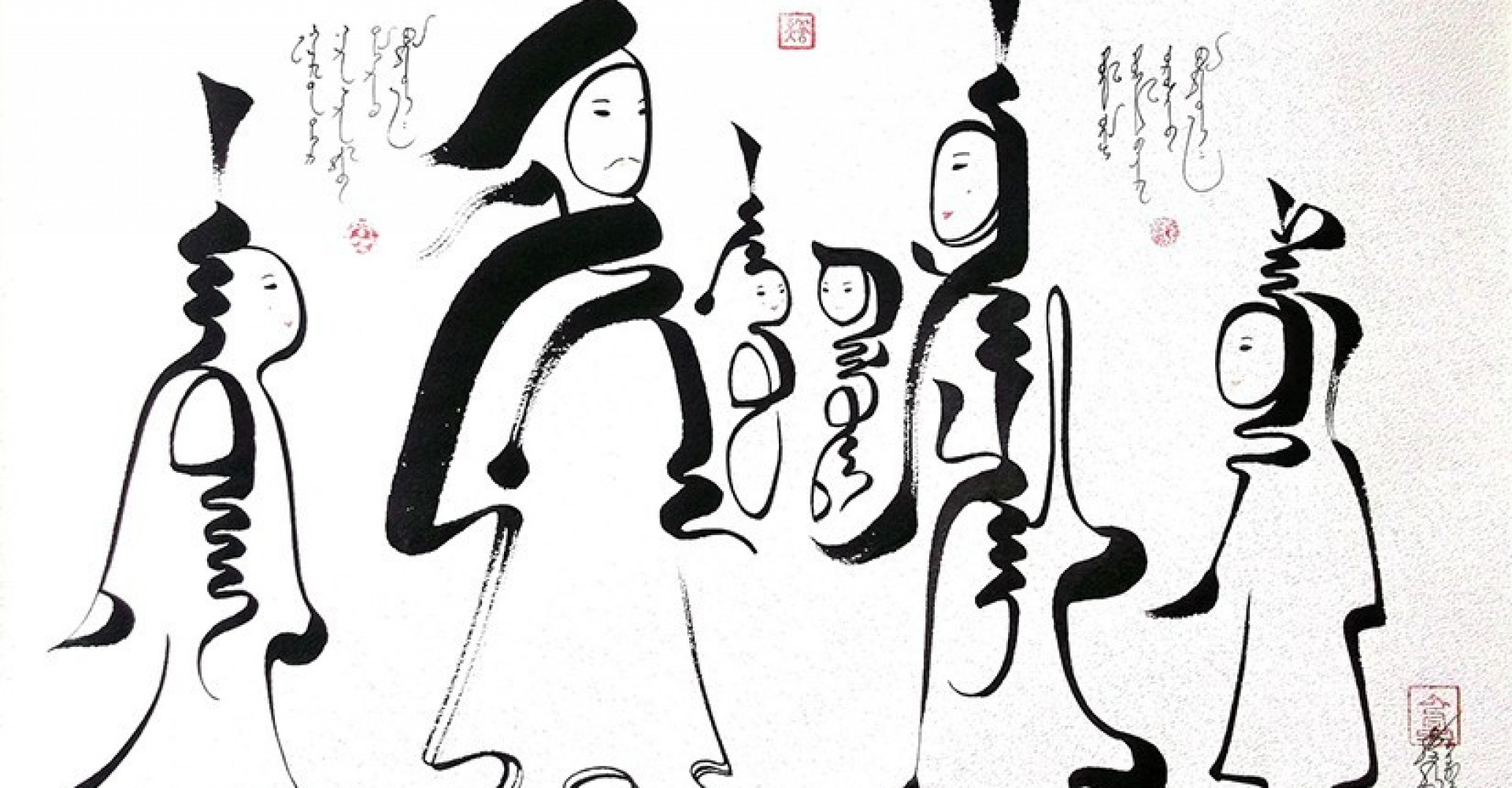Khalkha Mongolian, the official language, is spoken by about 85% of the population. It is one of a large dialect group in the Mongolic branch of the Altaic language family. Early in the 13th century, the Mongols adopted an alphabet written in vertical columns from the Turkic Uighurs, and they retained that script until modern times. The literary language differed increasingly from the living spoken language, and in 1941 the Mongolian government decided to introduce a new phonetic alphabet that would accurately reflect modern spoken Mongolian. The new alphabet consisted of the Cyrillic letters used in Russian, except for two special characters needed to render the Mongolian vowels represented as ö and ü in Western European languages. After a period of preparation (1941–45), the new alphabet was introduced in 1946 in all publications and in 1950 in all business transactions, but, following independence, the traditional script was due to be restored in 1994. The differences between the Khalkha language spoken in Mongolia, the Buryat language spoken in the Buryat Republic of the Russian Federation, the Chahar and Ordos languages of China's Inner Mongolian Autonomous Region, and other Mongolian dialects are comparatively small and chiefly phonetic. A characteristic phonetic feature of Mongolian is the law of vowel harmony, which requires that a word contain either the so-called back vowels, represented as a, o, and u in Western European languages, or the so-called front vowels, represented as e (a ¯), ö, and ü, but not an association of the two types of vowels. Turkic, Russian, and Chinese are also spoken.
Mongolian Script
One of the main reforms of Genghis Khan was the creation of Mongol Script. This script was based on the Uigur script and was made the official script of the State. In 1204, after defeating Naiman aimag and capturing its minister and scholar Tatatunga, Genghis asked him to teach his sons to write Mongol words in Uigur script.
This was the beginning of the Mongol script. The Uigur script’s similarity with Mongol dialect helped influence on the creation of an original script for classical Mongol language. With the development of the script, Mongolians could take much better records and managed their affairs more easily. The development of Mongol script was one of the biggest changes that occurred in the cultural life of Mongols.





